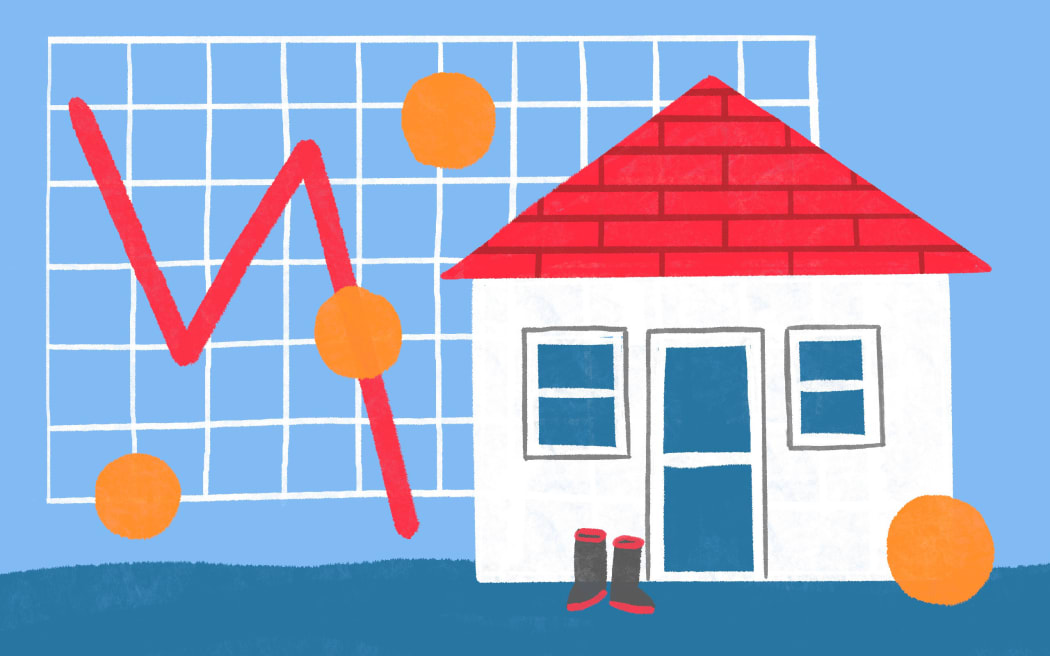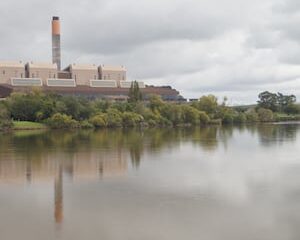Business
Stronger Farming Conditions Boost Regional Property Markets

Recent analyses indicate that improved conditions for farmers are positively influencing regional property markets in New Zealand. According to real estate data from Cotality, formerly known as Corelogic, national property values experienced a slight decline, with a 0.2 percent drop recorded in July, 0.6 percent in the quarter, and 0.2 percent year-on-year. Notably, major cities like Auckland are still feeling the pressure, remaining 21.7 percent below their peak values, while Wellington and Christchurch are down 24.7 percent and 4.7 percent respectively.
In contrast, provincial areas are showing resilience in property values. Chief economist Kelvin Davidson noted that this could reflect the current two-speed nature of the New Zealand economy, where primary industries are performing better than other sectors. While prices in Gisborne fell in July, areas such as Hastings, Whangarei, and New Plymouth saw increases of at least 0.5 percent.
Davidson cautioned against overstating the rural-urban divide in the market. He explained that while housing conditions remain subdued across the board, a potential export-led recovery in the coming years could drive up regional house prices relative to urban areas. “It’s early days,” he said, adding that the growth seen in regional markets is somewhat relative, with more provincial centers experiencing value increases compared to larger urban centers.
The anticipated export-led recovery may result in increased cash flow from farms into service towns and cities. Davidson pointed out that sustained growth in the export sector could enhance the performance of regional markets. This trend might encourage property investors to consider opportunities in areas like Invercargill and New Plymouth. “If there’s a bit more capital growth, it might be a place to think about investing,” he remarked, while also urging caution regarding the inherent risks of property investment.
Insights from Infometrics chief forecaster Gareth Kiernan corroborate Davidson’s observations. Kiernan indicated that the South Island’s property market shows stronger performance compared to the North Island, particularly in terms of sales levels and stock availability. He emphasized that regions like Auckland and Wellington are struggling due to oversupply issues.
Kiernan described the current economic recovery as “old-fashioned,” with the export sector driving growth rather than population migration or housing expansion from Auckland. He raised concerns about whether regional housing markets would benefit from the agricultural upturn, citing that some areas lack the population growth necessary to support the housing constructed during the peak of the building boom.
He noted that oversupply persists in certain regions, which could deter potential investors. Nevertheless, Kiernan expressed optimism about markets in Christchurch and Queenstown, highlighting that rental yields in some smaller centers tied to the dairy sector may be more attractive than those in major urban areas. “If there’s a better rental yield and potentially better expectation of capital gains, that might be preferable,” he stated, while acknowledging the uncertainty surrounding future price movements.
As the real estate market evolves, Davidson observed that the second half of August typically sees an uptick in new property listings. He reported that sales volumes have gradually risen, approaching pre-pandemic levels. Although the overall stock of listings remains high, there are signs that it is beginning to decrease from multi-year highs.
In terms of market sentiment, Davidson cautioned that while sales are increasing, this is not translating into significant price appreciation. He described the market as “sideways,” with both buyers and sellers adopting a cautious approach. First-time buyers and small-scale investors remain active, yet many sellers are also reluctant to rush decisions, particularly those confident in their employment stability.
Looking ahead, Davidson indicated that expectations for house price increases have tempered. Originally anticipated to rise by 5 percent this year, projections now suggest that the market may struggle to achieve more than a 1 percent or 2 percent increase in 2025.
The evolving dynamics of New Zealand’s property market warrant close observation, particularly as stronger farming conditions continue to shape regional property values. Investors and homeowners alike will need to navigate these trends with careful consideration of the associated risks and opportunities.
-

 World4 months ago
World4 months agoTest Your Knowledge: Take the Herald’s Afternoon Quiz Today
-

 Sports4 months ago
Sports4 months agoPM Faces Backlash from Fans During Netball Trophy Ceremony
-

 Lifestyle4 months ago
Lifestyle4 months agoDunedin Designers Win Top Award at Hokonui Fashion Event
-

 Entertainment4 months ago
Entertainment4 months agoExperience the Excitement of ‘Chief of War’ in Oʻahu
-

 Sports4 months ago
Sports4 months agoLiam Lawson Launches New Era for Racing Bulls with Strong Start
-

 World5 months ago
World5 months agoCoalition Forms to Preserve Māori Wards in Hawke’s Bay
-

 Health4 months ago
Health4 months agoWalking Faster Offers Major Health Benefits for Older Adults
-

 Lifestyle4 months ago
Lifestyle4 months agoDisney Fan Reveals Dress Code Tips for Park Visitors
-

 Politics4 months ago
Politics4 months agoScots Rally with Humor and Music to Protest Trump’s Visit
-

 Top Stories5 months ago
Top Stories5 months agoUK and India Finalize Trade Deal to Boost Economic Ties
-

 Health2 months ago
Health2 months agoRadio Host Jay-Jay Feeney’s Partner Secures Visa to Stay in NZ
-

 World5 months ago
World5 months agoHuntly Begins Water Pipe Flushing to Resolve Brown Water Issue









